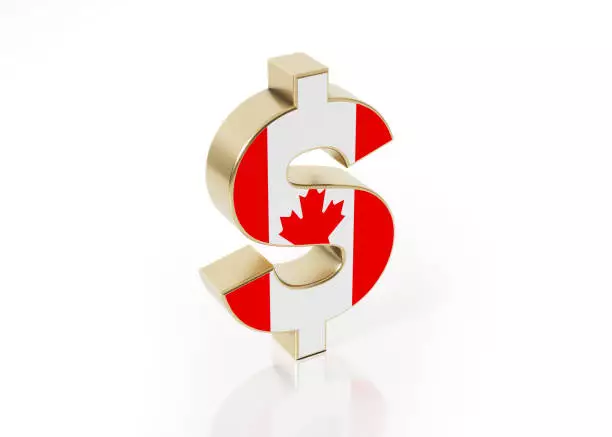The recent rapid ascent of the USD/CAD currency pair signals more than just routine forex fluctuations; it reflects a complex interplay of geopolitical tension, economic pressures, and investor sentiment. As the pairing breaches 1.3870 — its highest mark this summer — it becomes evident that fundamental shocks are propelling this movement. While central banks maintained steady interest rates, it’s the geopolitical landscape, particularly the escalation of U.S.-Canada trade tensions, that has ignited this bullish rally.
The decision by President Donald Trump to impose tariffs on several nations, including Canada, has created ripples across financial markets. Triggers such as these are often underestimated in their capacity to alter currency dynamics. The announcement of a 35% tariff on Canadian exports, effective from August 1, signals an aggressive shift in trade policy, one that could threaten the very fabric of the Canadian economy, heavily reliant on exports to the U.S. To mitigate these risks, traders are betting on the dollar’s strength, viewing the tariffs as a destabilizing force that favors the safe-haven dollar over the loonie.
Despite diplomatic efforts by Canadian Prime Minister Mark Carney to forge a resolution, these endeavors yield little fruit. With no agreement in sight, markets have grasped at the rising possibility of increased economic friction. This backdrop fundamentally shifts investor confidence, positioning the dollar as a resilient currency amid geopolitical uncertainty. Consequently, the USD/CAD pair is set to remain volatile, with upward momentum likely until clarity or relief is found.
Technical Insights: The Bullish Wave and Overbought Risks
Analyzing the chart reveals a technical story of breakout resilience amid underlying caution. The formation of a steep ascending channel earlier in July hinted at a bullish uptrend, which was confirmed by a decisive breach of resistance at 1.3790. This breakout was characterized by a long bullish candlestick, displaying strong buying pressure and confidence among traders. Post-breakout, the pair has maintained its foothold above this crucial level, indicating persistent bullish sentiment.
However, a stark technical warning looms: the Relative Strength Index (RSI) has entered overbought territory. While a strong breakout often signifies sustainable momentum, extreme readings in RSI hint at an impending correction. Should the pair pause or retrace, traders will look for support at specific levels — notably, the previous resistance at 1.3790, which now acts as a robust base, or the support line parallel to the ascending channel, providing additional safety zones.
This technical state underscores a pivotal question: are we witnessing the start of a sustained rally, or is this a temporary surge driven by geopolitical anxiety and speculative trading? Given the fundamental uncertainties—particularly the unresolved tariffs and diplomatic standoffs—the market’s bullish posture may be vulnerable. Caution is warranted as momentum-driven moves can quickly reverse if international relations improve or if new economic data shifts the outlook.
The current scenario emphasizes a broader truth: currency markets are deeply sensitive to political developments. Investors should navigate these waters with a balanced approach, acknowledging the temporary exuberance while remaining vigilant for signs of correction. The next few trading sessions will reveal whether this rally can sustain or if it will succumb to technical headwinds, ultimately shaping the future trajectory of USD/CAD.

